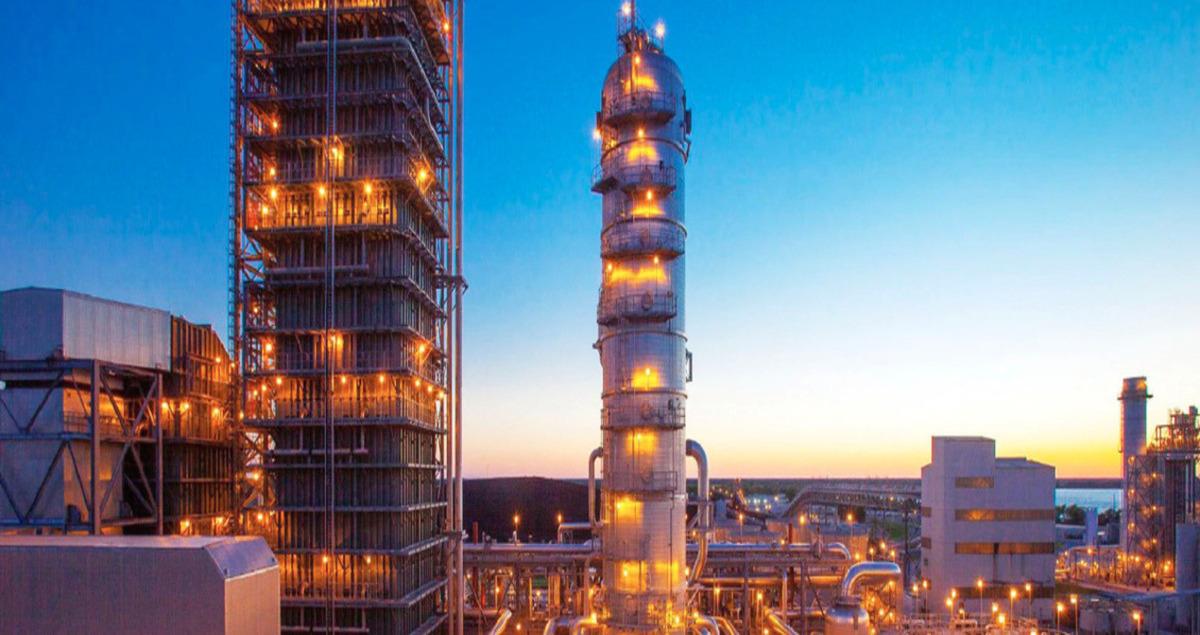How Japan aims to become a CCS powerhouse

CO₂ capture technologies have been placed front and center of Japan’s bid to reach carbon neutrality by 2050. But success depends on scaling operations and doing it quickly.
This was the message from Norihiko Saeki, Director of carbon capture, utilization and storage (CCUS) policy for the country’s Ministry of Economy, Trade and Industry (METI) as he outlined Japan’s long-term carbon capture and storage (CCS) roadmap.
Japan plans to develop enough CCS capacity to store 120 million to 240 million tonnes of CO₂ per year by 2050.
So, how will the government embrace CO₂ capture technologies and to what extent will this boost efforts to decarbonize the country’s heavy industrial sectors?
CCS: Experience counts
Japan’s government has done its homework on CO₂ capture. Its roadmap builds on industrial-scale experience gained from the Tomakomai CCS Demonstration Project — which trialed Japan’s first full-chain CO₂ capture, injection and storage system — and CO₂ storage site surveys carried out by national research organizations.
This was followed by announcements of government financial support for seven CCS projects in June 2023. The projects are due to add combined annual CO₂ capture capacity of 13 million tonnes by 2030.
Five of the seven developments plan to store CO₂ in Japan: Hokkaido (1), Sea of Japan (2 and 3), Greater Tokyo (4) and Kyushu (5). The other two plan to transport and store CO₂ overseas, one in Malaysia and one in an as yet unspecified area of Oceania.

(Source: Japanese Ministry of Economy, Trade and Industry)
Projecting the future
Japan is focusing on CO₂ capture technologies to help decarbonize hard-to-abate sectors such as power, steel, chemicals, cement and paper production.
A collaboration involving Mitsubishi Heavy Industries (MHI) Group, ITOCHU and five other companies is developing one of the projects, on the Sea of Japan side of the Tohoku region.
This project will separate and capture CO₂ emissions from Nippon Steel plants, Taiheiyo Cement factories and other local emitters. This carbon dioxide will be liquefied and transported by ship to a receiving point, where it will be injected into subsea storage. The project’s expected CO₂ capture capacity is 2 million tonnes annually by 2030.

Storage sites include deep saline aquifers and depleted oil and gas reservoirs, which can hold CO₂ in the spaces between particles in the rocks of a formation structure. A seal layer — made of mudstone or alternatives — prevents the sequestered CO₂ from leaking to the surface.
Collaboration on CO₂ capture
But these projects are just the start of Japan’s CO₂ capture ambitions. Leading up to 2030, the roadmap sets out plans to create a business environment for carbon capture technologies to reach scale. This involves reducing project costs, improving public understanding, enhancing overseas CCS promotion and creating a stable legislative framework. Only then can full-scale CCS technologies be deployed.
A steady stream of new CO₂ capture projects will aim to increase Japan’s annual CO2 storage capacity by 6 million-12 million tonnes each year in the two decades to 2050.
A key challenge will be establishing a common international legislative framework for CCS projects. Japan is a member of the Asia CCUS Network, which was established in 2021 as part of the Asia Energy Transition Initiative to share knowledge and promote adoption of CCUS across Asia.
Japan has also proposed creating common rules governing CO₂ capture and storage projects with Australia and Southeast Asian nations, to promote deployment of these technologies across the region.
As METI’s Norihiko Saeki emphasized: “Collaboration is very highly welcome. Regulation is also one of the tools to promote collaboration.”
Discover more about MHI’s commitment to CCS in Japan





